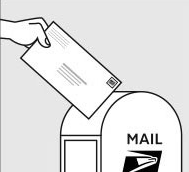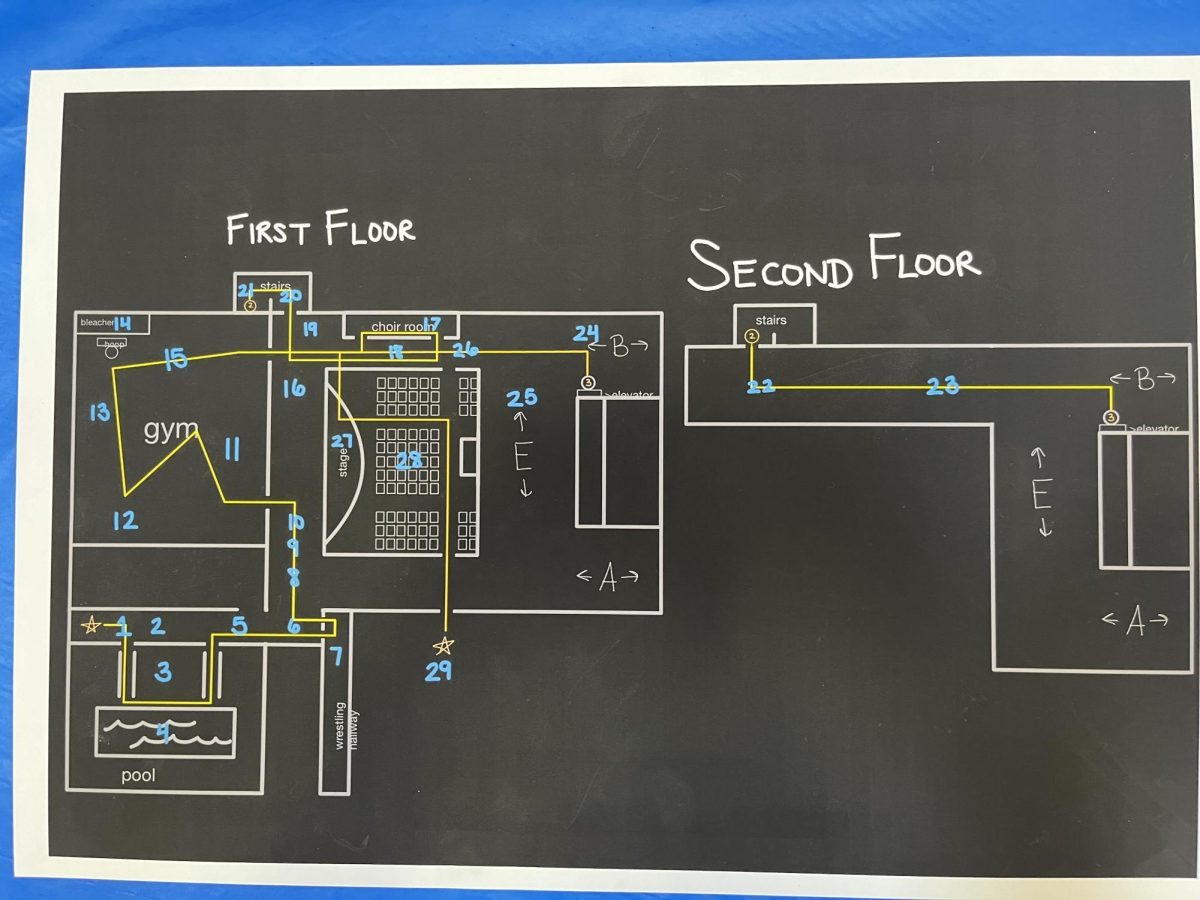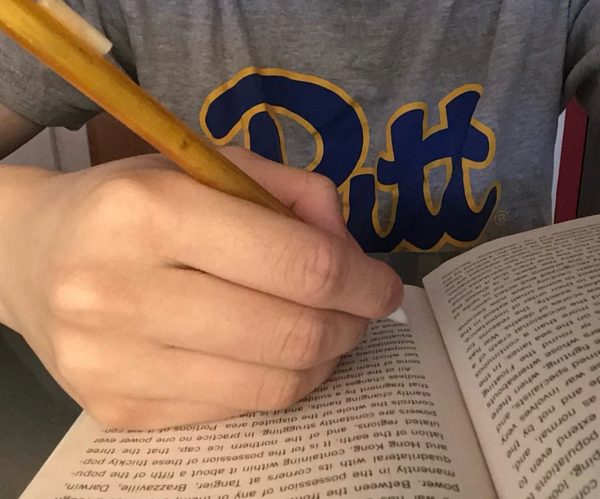Mail-In Voting

September 14, 2020
So how does voting-by-mail work? Some states have universal “vote-by-mail” ballots, which mails ballots directly to the voters. The majority of other states use absentee voting, which requires the voters to request an absentee ballot. For the states with absentee mail balloting, the voter has to write, call, or go online to request an absentee ballot from the local election authority. You must provide your name and address and sometimes a reason for absentee voting. Only some places require you to provide a specific reason for an absentee ballot request; but many states are moving to the system of “No-Excuse Absentee” balloting. Once approved, the voter receives a ballot and a privacy envelope in the mail in which they sign to prove that they are a certified voter. After certifying that one is a registered voter at the named address, the local election authority removes the ballot from the envelope. For election day, the states count the ballots and add the results to the votes of the individual. Thirty-four states will allow voters to request absentee ballots just weeks before an election, while eleven other states have made absentee balloting easier due to the circumstances of this year’s election involving the COVID-19.
Access to mail in voting is essential for a successful election during the current pandemic. This will expand access to mail-in ballots and will allow for a larger voter turnout. Eight states will be conducting primarily vote-by-mail elections in November. Regardless of the state one is residing in, they will need to send in ballots early to ensure time to be counted. Fifty-two percent of adults plan to vote early this year via mail in ballots. People who are incapacitated or sick, and people who cannot drive or access mass transit, can request mail-in ballots. Senior citizens will benefit most. “Mail ballots represent a way for those individuals to exercise their constitutional rights at election time.” Republicans fear that the people who typically vote in lower numbers will have a greater ability to cast absentee ballots. For example, young people (specifically college students who are not registered to vote in the state they are attending school), low-income people, minorities, and people without access to transportation. For this reason, Republicans believe Democrats will have the upper hand in the election results. Absentee and mail-in-voting saw a significant increase during the primary election with soaring COVID-19 statistics. The primaries gave states and the USPS an opportunity to manage a similar number of ballots as they will see in November.
President Trump suggested on September 2nd to vote twice to test the mail-in ballot system, however this causes the fraud that the president is concerned about. President Trump votes by mail himself, yet he still pushes the false argument that mail-in voting will cause electoral fraud. Republicans still back this claim, though there is no evidence that suggests that mail-in-ballots increase electoral fraud. In fact, there are several anti-fraud protections built into the process of mail-in voting so no one can commit these fraudulent acts. Criminal offenses behind electoral fraud include forging a name or impersonating someone else, stealing ballots, or deceiving someone about their ballot. To certify and confirm there is no electoral fraud behavior, steps in the anti-fraud process include:
- Requiring the person requesting an absentee ballot to be a registered voter
- Mailing the ballots to the official address listed
- Requiring the voter’s signature on the outside of the mailing envelope
- Authorities making sure the address came from the actual vote
In the occurrence that a ballot does seem questionable, some states will use a program to match the signatures to the voter from previous signatures. You can get information from multiple sources to counteract any misinformation.
Register to vote here (Deadline 10/27/20)
Photo Credits: https://www.votespa.com/Voting-in-PA/Pages/Mail-and-Absentee-Ballot.aspx










